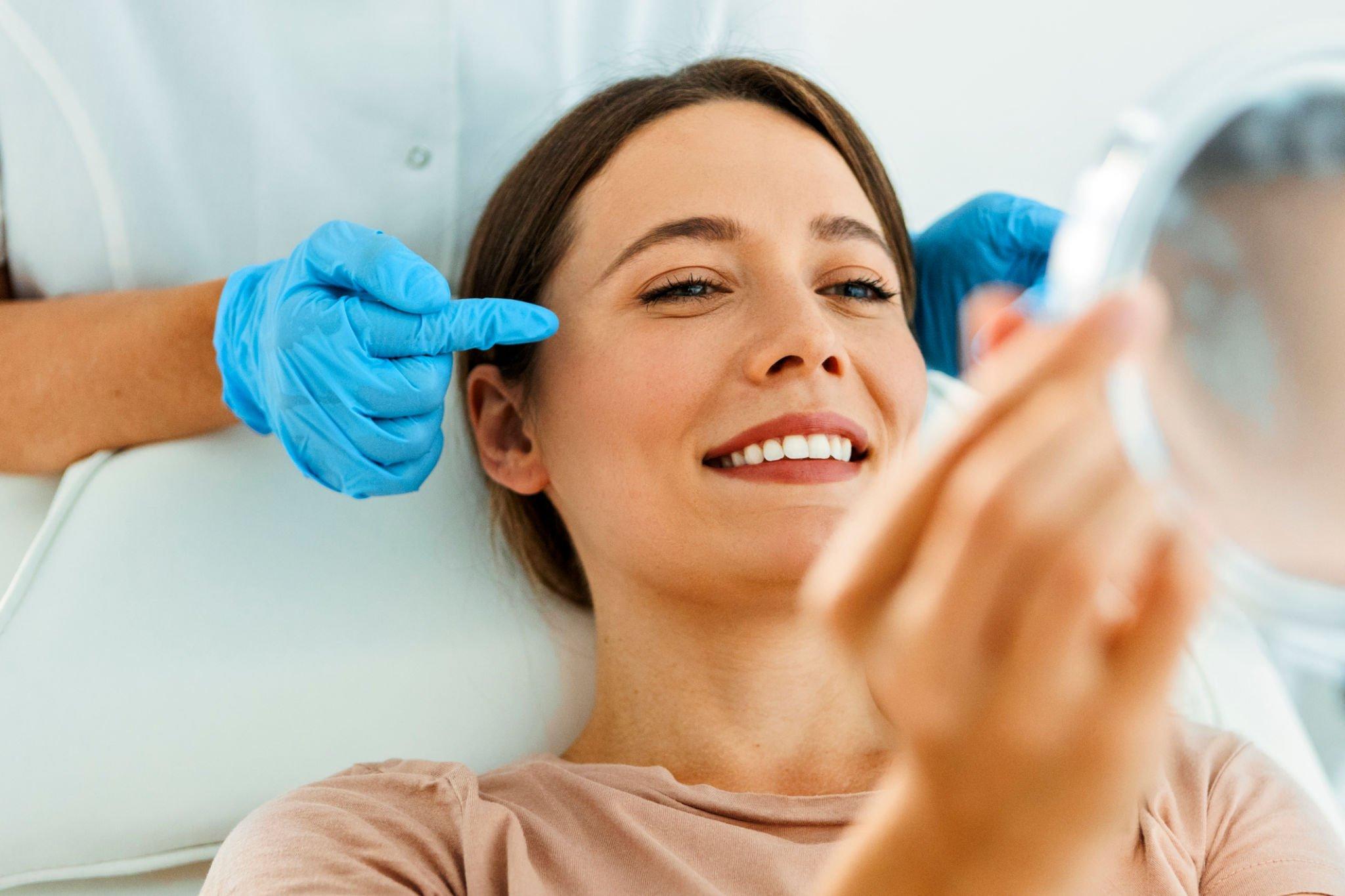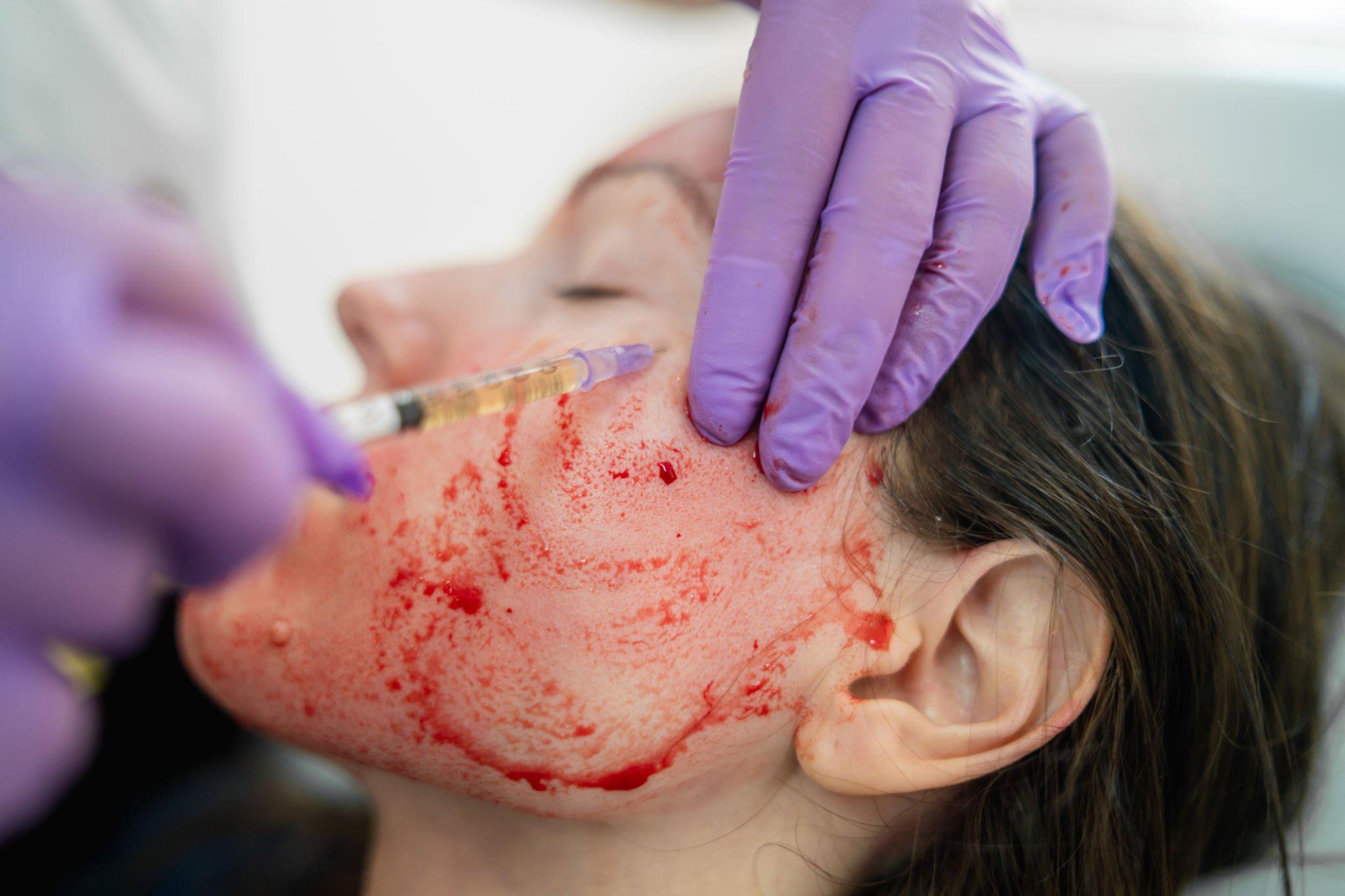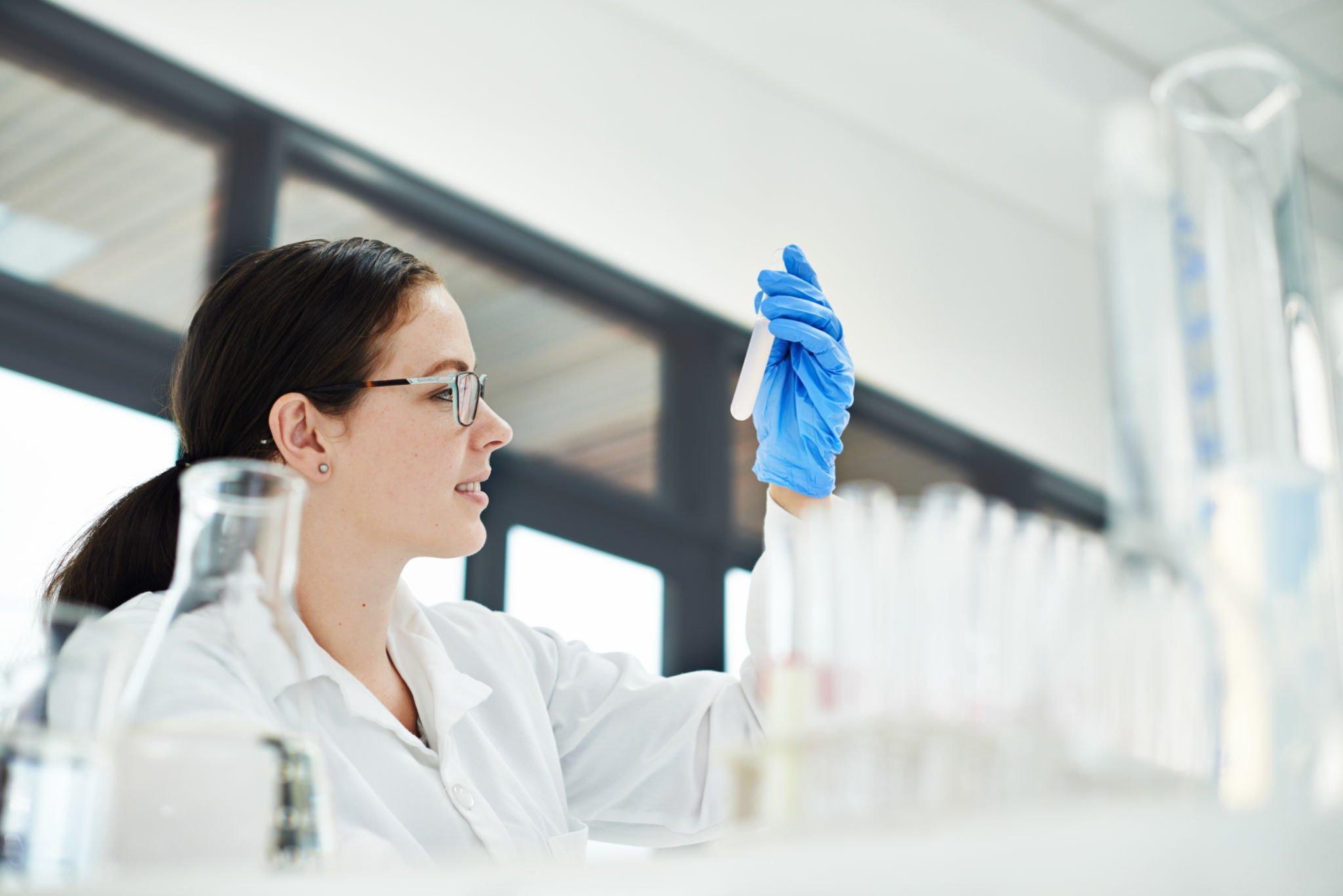Platelet-Rich Plasma (PRP) therapy, initially introduced in the field of orthopedics and sports medicine, has rapidly gained recognition and utilization across various medical disciplines.
PRP therapy involves extracting and enriching a patient’s platelets to promote tissue regeneration and healing.
Recently, its application has extended to gynecology, reproductology, and urology, offering a promising avenue for addressing various female health issues.

PRP Therapy: The Mechanism of Action
PRP therapy revolves around utilizing the healing properties of platelets found in the blood. The bioactive molecules, cytokines, and growth factors present in the platelets play a crucial role in –
- Tissue repair
- Tissue regeneration
- Angiogenesis
In PRP therapy, a small amount of the patient’s blood is drawn and processed to concentrate the platelets. The resulting PRP is injected into the targeted area, facilitating faster healing and regeneration.
While choosing Plasmolifting PRP tubes for gynecology or reproductology purposes, it is essential to prioritize sterility, volume, anticoagulants, quality, certifications & approvals, and compatibility with the anticipated treatment devices.
Approach Plasmalifting World Company for your customized PRP tools needs.
Applications in Gynecology
1. Sexual Dysfunction
PRP therapy has emerged as a potential solution for women dealing with sexual dysfunction, including decreased libido and arousal disorders.
The injection of PRP into the genital area promotes tissue rejuvenation and improves blood flow, enhancing sensitivity and sexual satisfaction.
2. Urinary Incontinence
Stress urinary incontinence, a common issue among women, can be treated with PRP therapy.
The growth factors present in PRP strengthen the pelvic floor muscles and improve urethral support, effectively reducing urinary leakage.

Applications in Reproductology
1. Female Infertility
PRP therapy is being explored as a complementary approach to assist with some instances of female infertility.
Gynecologists combine PRP therapy with procedures like in-vitro fertilization (IVF) to improve endometrial receptivity. The application of PRP to the uterine lining can improve implantation success rates.
2. Polycystic Ovary Syndrome (PCOS)
PCOS is a condition where women experience irregular menstrual cycles and hormonal imbalances.
PRP has regenerative properties, and using this therapy can help to modulate her ovarian function, potentially help in hormone regulation and promote healthier ovulation patterns.
Read also: E-Learning for Doctors – The Importance of Sharpening Inguinal Ligament Repair Skills
Applications in Urology
1. Female Sexual Health
Women with female sexual arousal disorder (FSAD) or orgasmic disorders can benefit from this non-invasive PRP therapy.
PRP therapy rejuvenates vaginal tissue and improves blood flow, which results in better sexual function and overall well-being.
2. Stress Urinary Incontinence
PRP injections strengthen the urethral sphincter and pelvic floor muscles, which results in reducing or even eliminating involuntary urine leakage.

Conclusion
PRP therapy’s incorporation into gynecology, reproductology, and urology highlights its transformative potential for improving female health and well-being.
From addressing sexual dysfunction to aiding in fertility treatments and managing urinary incontinence, the regenerative properties of PRP are providing new avenues for non-invasive and effective interventions.
As research and innovation continue to shape medical practices, PRP therapy stands as a symbol of hope for women seeking improved quality of life in these domains.



